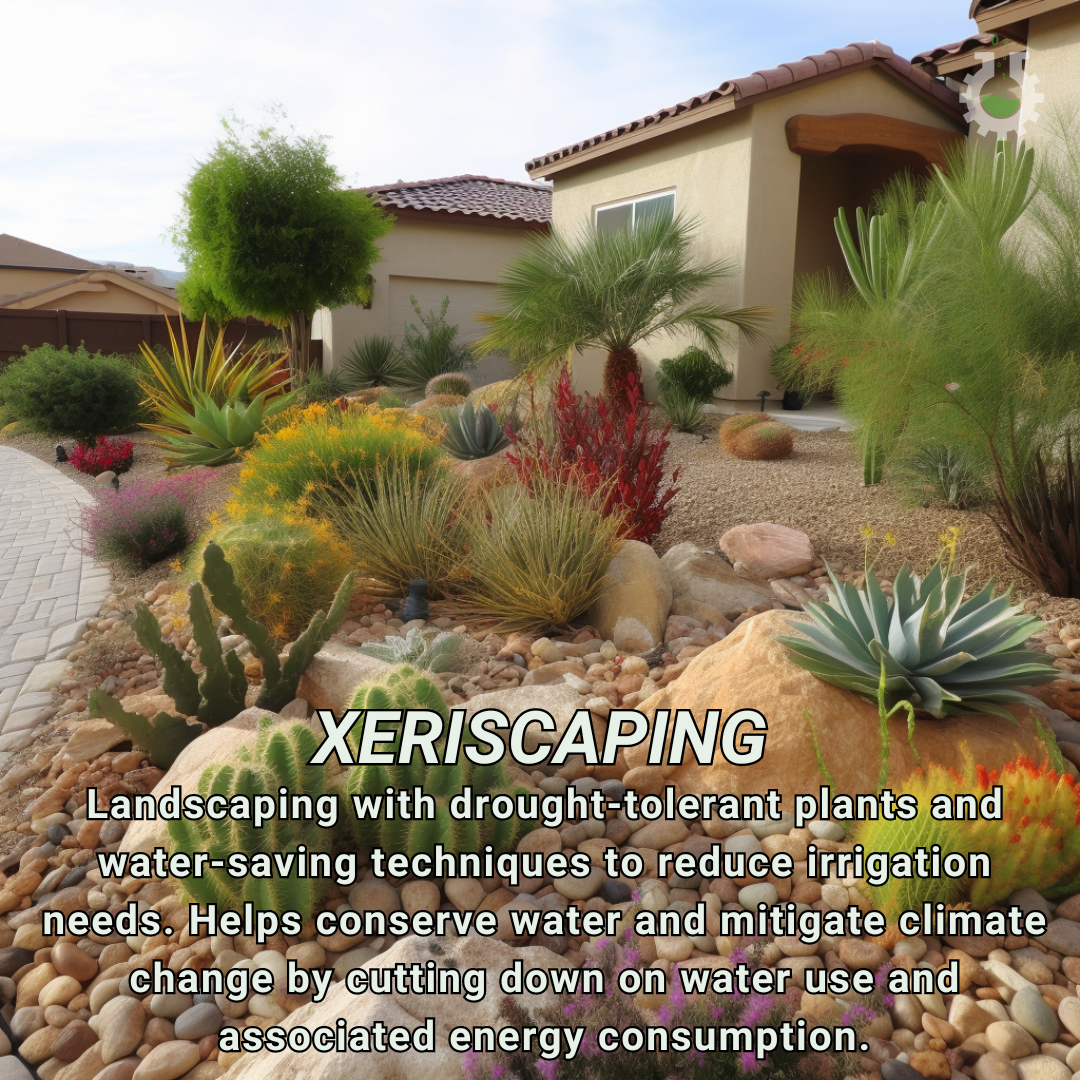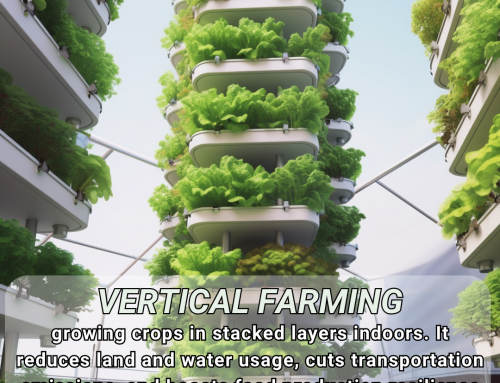
Today’s Climate Change Poster Collection highlights Xeriscaping, an innovative landscaping method specifically designed to minimize the need for irrigation. This makes it an ideal solution in regions where water supplies are limited or in areas prone to extended periods of drought. The practice focuses on the use of plants that are naturally adaptable to the local climate. By doing so, it significantly reduces water loss due to evaporation and runoff, two of the most common issues in traditional landscaping methods.
One of the key advantages of xeriscaping is the creation of greenspaces that require low maintenance. Not only does this save time and effort, but it also promotes biodiversity by using a variety of plants that can thrive in these conditions. Further, it has the potential to mitigate heat in urban areas, which can be particularly beneficial in cities where heat islands are a common issue.
The term ‘xeriscaping’ was first introduced by Denver Water in 1981. Since then, it has gained recognition as a sound and sustainable method for creating water-efficient landscapes. It’s worth noting that xeriscaping is a form of drought-resistant landscape design. It utilizes plants that are particularly tolerant to dry weather. Therefore, xeriscaping is not exclusive to desert landscapes and can be effectively implemented in a variety of climatic conditions.
Installing a xeriscape is not only environmentally friendly, but it can also save significant time, money, and water. This is largely due to the reduced need for frequent lawn watering, which is a common requirement in traditional landscaping. To retain moisture in a xeriscape, mulch or rock should be used to cover exposed soil. Additionally, plants can be strategically designed to act as groundcover, providing a natural barrier against moisture loss.
For successful xeriscaping, it’s crucial to choose plants that can thrive in hot, dry conditions. This will ensure the survival and growth of the plants even in the harshest climates. Additionally, keeping garden beds weed-free is essential as it can help prevent unnecessary water use.
Xeriscaping offers a sustainable, low-maintenance, and water-efficient alternative to traditional landscaping. By choosing the right plants and maintaining the garden properly, you can create a beautiful, resilient landscape that conserves water and enhances biodiversity.
Discover an inspiring collection of climate change poster.






